Training for Hiking How-To Guide (Get Strong for Epic Outdoor Adventures)
Want to hit the trail for an epic hike but don’t feel like you’re in shape to handle it? That’s where training for hiking comes in! While you certainly don’t need a detailed training plan for every simple day hike, training for hiking will help you feel stronger and enjoy your hike more, no matter what trail you tackle.
Incorporating both cardio and strength training into your plan is the best way to train for hiking, and this post will help you figure out how to do it right.
The importance of TRAINING FOR HIKING
Training for hiking is a key part of any adventure. Although it’s possible to hike shorter trails without training, longer trails and those with lots of elevation gain will feel so much more doable with a hiking training plan.
If you’re dreaming of hiking a trail like the Grand Canyon Rim to Rim, summiting Mt. Whitney, or backpacking the Trans-Catalina Trail, you’ll have a better adventure if you spend some time training for your big hike ahead of time.
WHY YOU SHOULD TRAIN FOR HIKING
Training for hiking helps you enjoy your adventure more! Instead of struggling to catch your breath and feeling like your legs are on fire the whole way, training will help your body feel better on the trail. Sure, many hikes will still feel hard, but you won’t feel like you’re dying the whole way if you’ve been training.
Training for hiking should incorporate both cardio and strength work because you will need both on the trail!
CARDIO TRAINING FOR HIKING
Cardio training for hiking is crucial to build up your endurance on the trail, especially for hikes with a lot of elevation. Cardio training can include walking, running, incline treadmill, stair stepper, and more.
Hiking shorter trails is a great way to get started training for longer ones, but if you don’t have easy access to trails, you can get creative. If you’re getting your heart rate up, it all counts!
LISS TRAINING
A specific form of training for cardio endurance is Low Intensity Steady State training, or LISS training. For LISS training, you do cardio that keeps your heart rate in Zone 2 or 60-70% of your max heart rate.
During Zone 2 cardio, you should easily be able to hold a conversation. This type of cardio will build endurance while also not working your body too hard, so you won’t need a long recovery period.
STRENGTH TRAINING FOR HIKING
Strength training is also incredibly important for hiking – and not just your legs!
While your leg muscles are the primary mover for hiking, if you’re carrying a heavy pack, your back muscles are getting a workout, too. Your arms are also involved if you're using trekking poles or scrambling over rocks. And your core is getting a workout the whole time on the trail, to keep you stable and upright.
So you should definitely incorporate strength training for all these muscle groups into your hiking training.
LEG TRAINING FOR HIKING
Squats and lunges are awesome moves to help build your legs for hiking. And don’t forget step ups, which honestly might be the most similar to a movement you would do on the trail. Step up on one leg onto a box (you choose the height) and then lower down. Do 8-10 reps and then switch legs. This will work both the big muscle groups and small stabilizing muscles in your legs, and mimics the action of stepping up and over rocks like you might do on the trail.
ARM/BACK TRAINING FOR HIKING
Push ups are a great way to work your arms and shoulders, and you can start with incline push ups and work your way to standard push ups. Incline push ups are usually a better modification than doing pushups on your knees, since your whole body stays involved. Supermans (where you lie on your stomach and lift your arms and legs) will really strengthen your back in a useful way for hiking, too.
CORE TRAINING FOR HIKING
Your core is key to hiking! You can practice a variety of planks to work your core in different ways, and here are some great exercises and tips from Backpacking magazine to get your core trail-ready.
GRAB MY [FREE] OUTDOOR BACKPACKER STARTER KIT
I created the Ultimate Outdoor Backpacker Starter Kit for you (and it's FREE)! This starter kit is filled with 14 pages of my best hiking and backpacking tips to help you learn what it takes to become a safe, confident, and self-sufficient outdoor backpacker!
HOW TO TRAIN FOR HIKING
While just doing more cardio and adding some strength training to your routine will definitely help on any trail, having a more specific training plan for hiking your goal trail is the best way to make sure you're truly prepared for a big hike.
CREATING A TRAINING PLAN FOR HIKING
Don’t get intimidated by trying to create a training plan for hiking – it’s actually pretty simple!
First, you’ll need the stats for the trail you’re training for – mileage and elevation gain. Your goal is going to be to slowly build up your training mileage and elevation gain to reach those numbers.
Then you need to look at how long you have until your big hike. Ideally, you want a few months to ramp up your training in a sustainable way. If your hike is less intense, you might not need quite as much time as a really long hike with lots of elevation gain.
HIKING TRAINING PLAN EXAMPLE
Let’s say your epic dream hike is 12 miles round trip, with 3,000 feet of elevation gain. As you train over the next few months, you’ll want to start with a total weekly training mileage that equals the distance of your hike, and then keep increasing it while adding more elevation gain.
Here’s a super simple example plan, which you could do on a treadmill or on local trails near where you live.
Weeks 1-4
As you begin training, your goal is a total of 12-16 miles with 1500-2000 feet of gain per week. You can split this up into around 3-4 cardio sessions per week of 3-4 miles with about 500-700 feet of elevation gain each session.
Weeks 5-8
Increase your goal to a total of 18-20 miles with 2500-3500 feet of gain per week. You can split this up into around 3-4 cardio sessions per week of 5-7 miles with about 1000-1500 feet of elevation gain each session.
Weeks 9-12
This is the peak phase with a goal to total 24-28 miles with 3500-4500 feet of gain per week. You can split this up into around 3-4 cardio sessions per week of 6-8 miles with about 1500-2000 feet of elevation gain each session.
Taper Week
Then you would typically want to take a taper week, where you ramp the training down somewhat to give your body a break before your actual hike.
Hike Week!
Finally, on the week of your big hike, you should do minimal training to keep your body fresh and ready.
The above example is really simplified, but it helps you understand the process. You want to increase your mileage and gain each week to slowly adapt your body to the effort. And you’ll want to add in strength exercises each week as well.
If you want extra help creating a hiking training plan, students in our Become an Outdoor Backpacking Badass program get even more detailed guidance on how to create a customized hiking training plan.
PSST.. ARE YOU READY TO FINALLY UNDERGO YOUR OWN BACKPACKING TRANSFORMATION?
Join me (and your peers) on a transformational adventure, where you will learn how to confidently go on your first ever (or perhaps your first solo) outdoor backpacking trip without the constant fear of getting lost, the debilitating worry of being unprepared, and the lurking feeling that you lack the "know-how" and skills required to stay safe on the trails. Click below to be the first to know when my one-of-a-kind backpacking program re-opens again for enrollment!
HIKING INJURY PREVENTION
Part of the benefit of training for hiking is hopefully avoiding injuries because your body is strong and ready. By strengthening your muscles – including small stabilizer muscles – you can help project your joints from injury, so including strength training with your cardio training is really important.
Also, following a training plan where you gradually increase mileage and elevation gain helps prevent putting too much stress on your body too quickly. That’s why it’s a good idea to give yourself a few months to train for your big goal trail instead of just jumping right into big mileage and steep hikes that your body isn’t ready for.
Mobility work is also useful to keep you trail ready and injury free during your training. From warming up and stretching to foam rolling or even trying out a percussive massager like the Theragun, your body will appreciate the time you spend loosening up those tight muscles and tendons.
GEAR FOR HIKING TRAINING
You really don’t need much to train for hiking, but a few key pieces of gear can really help. Here are some things I recommend for your hiking training.
Note: This post may contain affiliate links.
FOOTWEAR
Your shoes on the trail and in the gym are a key piece of your training. You don’t need super expensive footwear, but you do need shoes that fit your feet well and provide the support you need, whether that’s arch support or ankle support.
TREKKING POLES
Trekking poles are not always necessary, but they are a great tool to help your body on steep uphill and downhill sections of the trail. Not only do they help stabilize you, but they also allow you to transfer some weight from your legs to your arms. This can be especially helpful if you have knee issues.
If you decide to get trekking poles, I highly recommend poles with a lever lock versus a twist lock. The twist lock poles are more likely to collapse when you’re using them.
WEIGHTED PACK
As you go through your training, it’s really helpful to wear the pack you plan to wear on your actual hike. You can either pack it with the gear you’re going to bring, or you can weight it with other things. Water is heavy and putting a full hydration bladder and some water bottles in your pack is an easy way to add weight for training.
HEART RATE MONITOR
You definitely don’t need a heart rate monitor to train for hiking, but it can be helpful if you want to invest in one. It’s a great tool for making sure you’re in Zone 2 if you’re doing LISS cardio training.
TRAINING FOR THE NEW ALPINISM
For more hiking gear recommendations, check out the hiking packing list below!
DOWNLOAD OUR HIKING PACKING CHECKLIST
So that you can hit the trails with peace of mind knowing that you didn’t leave anything essential behind!
Hope this guide helps you get ready to hit the trail feeling strong! Do you have any tips for hiking training? Let us know in the comments below!
LOOKING FOR MORE HIKING RESOURCES?
Check out these other guides to hiking and backpacking!
7 Tips to Hiking and Summiting Your First Fourteener Mountain
11 Lesser Known Rules to Learn for Your First Time Backpacking
Backpacking for Beginners: 15 Rookie Mistakes To Avoid Your First Time Backpacking
Essential Backpacking Hygiene Tips & Feminine Care in the Outdoors
What to Wear Hiking - The Ultimate Guide to the Best Hiking Clothes
Cheers,
Allison - She Dreams of Alpine

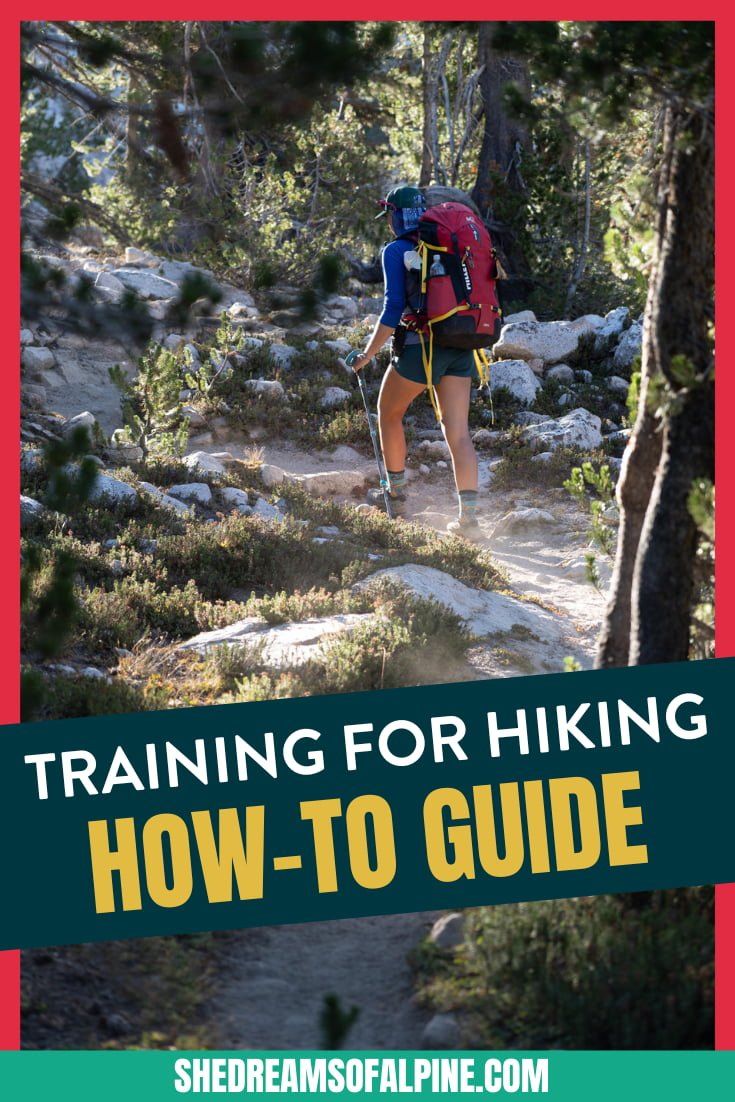
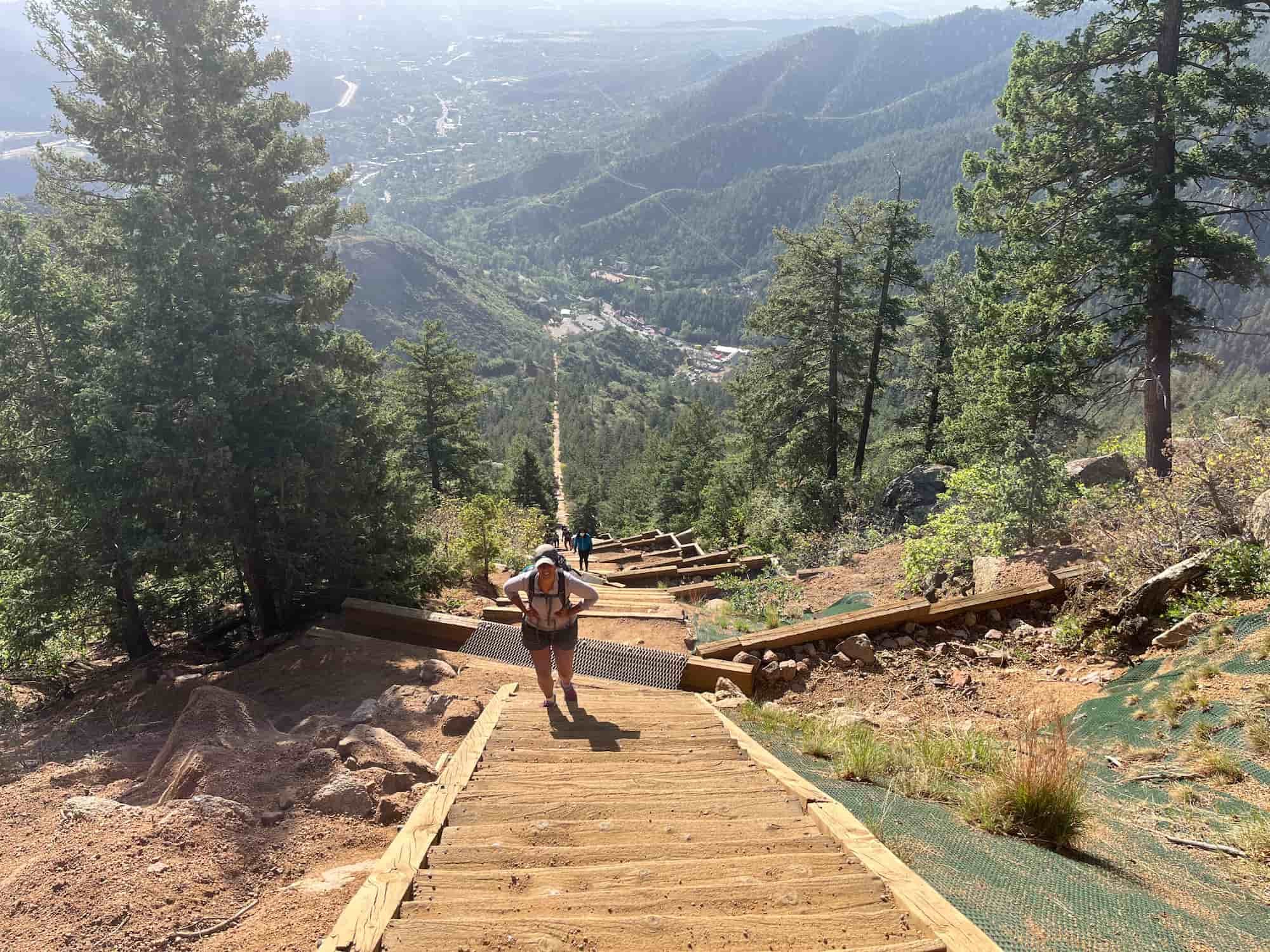


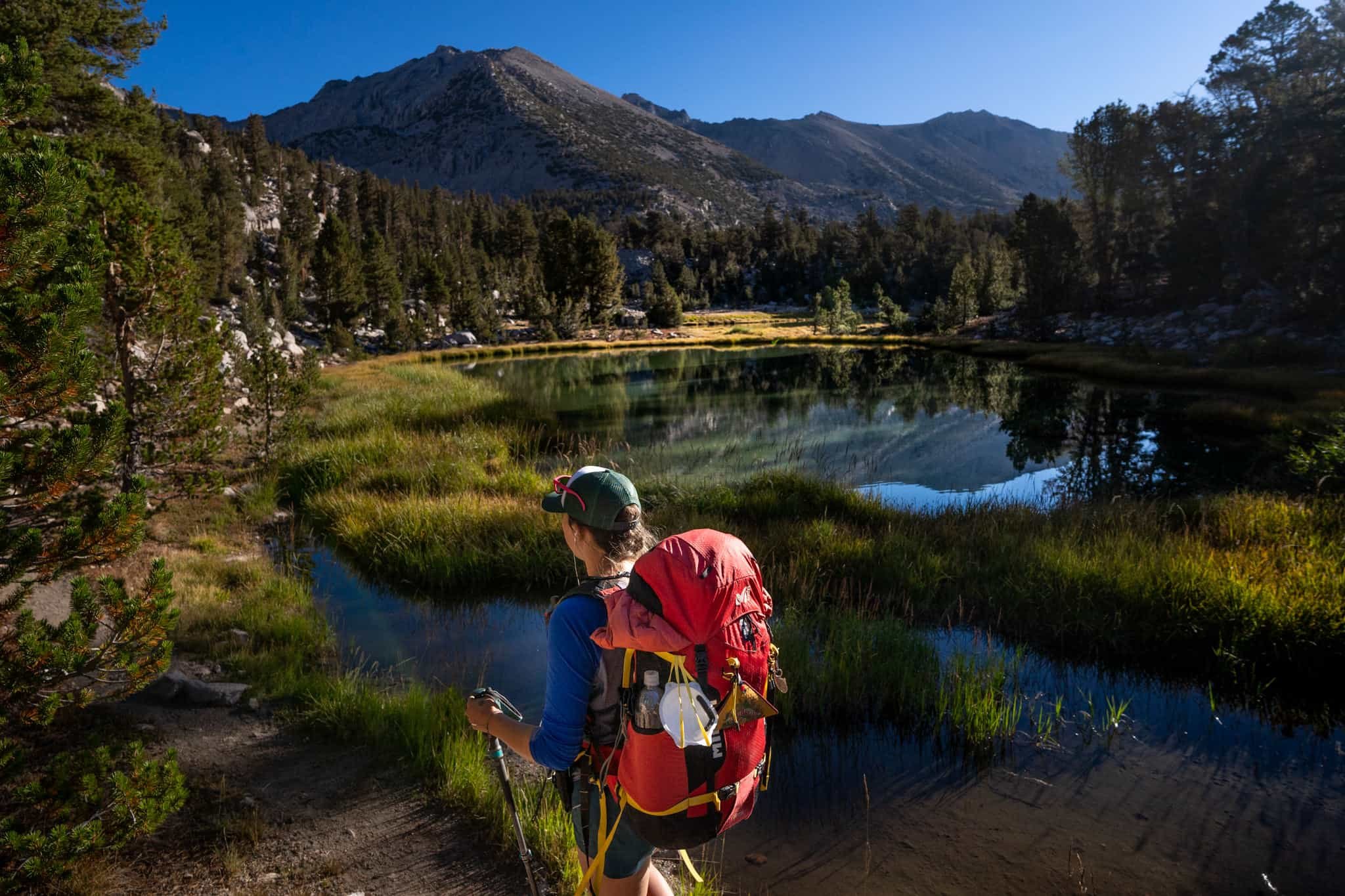
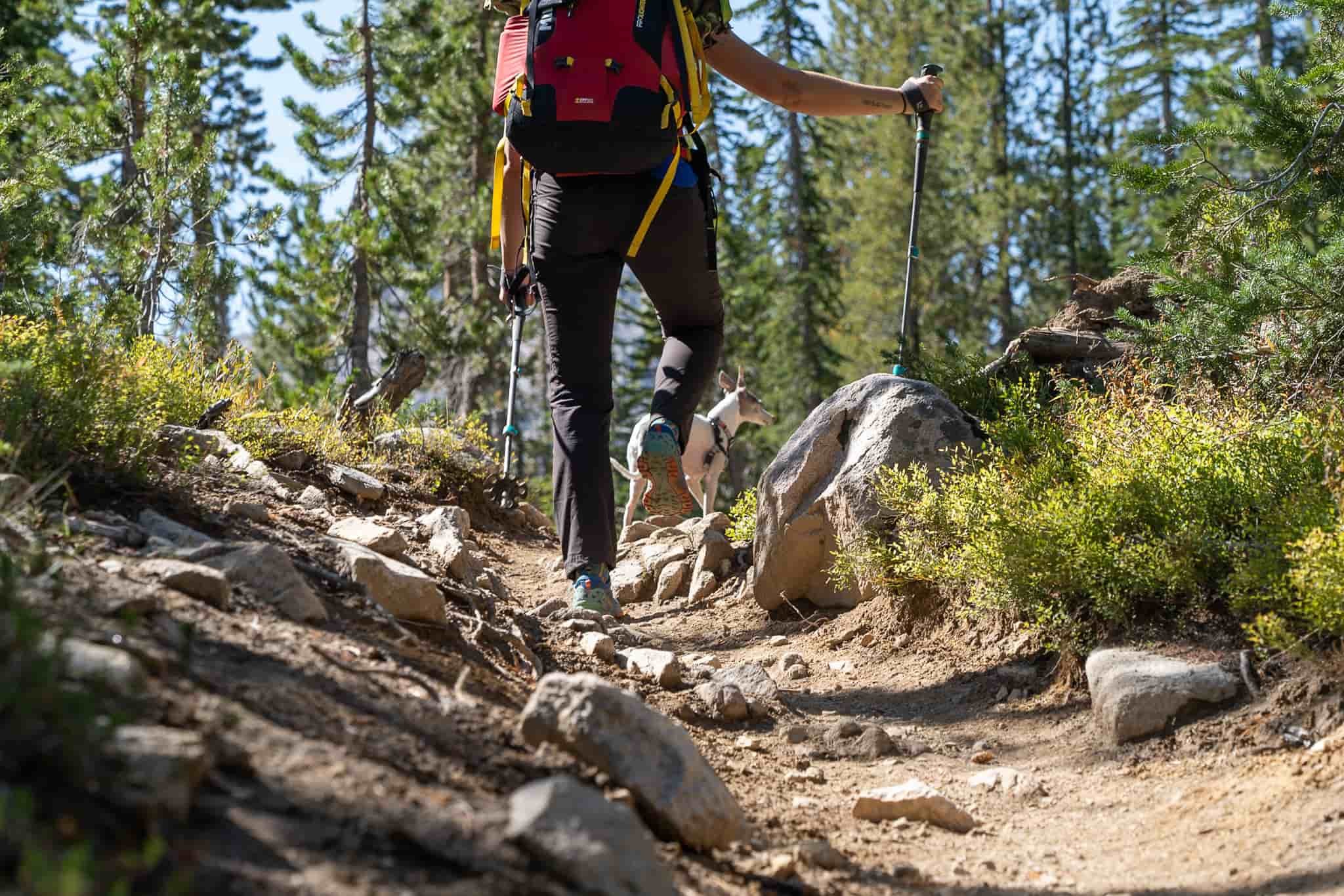

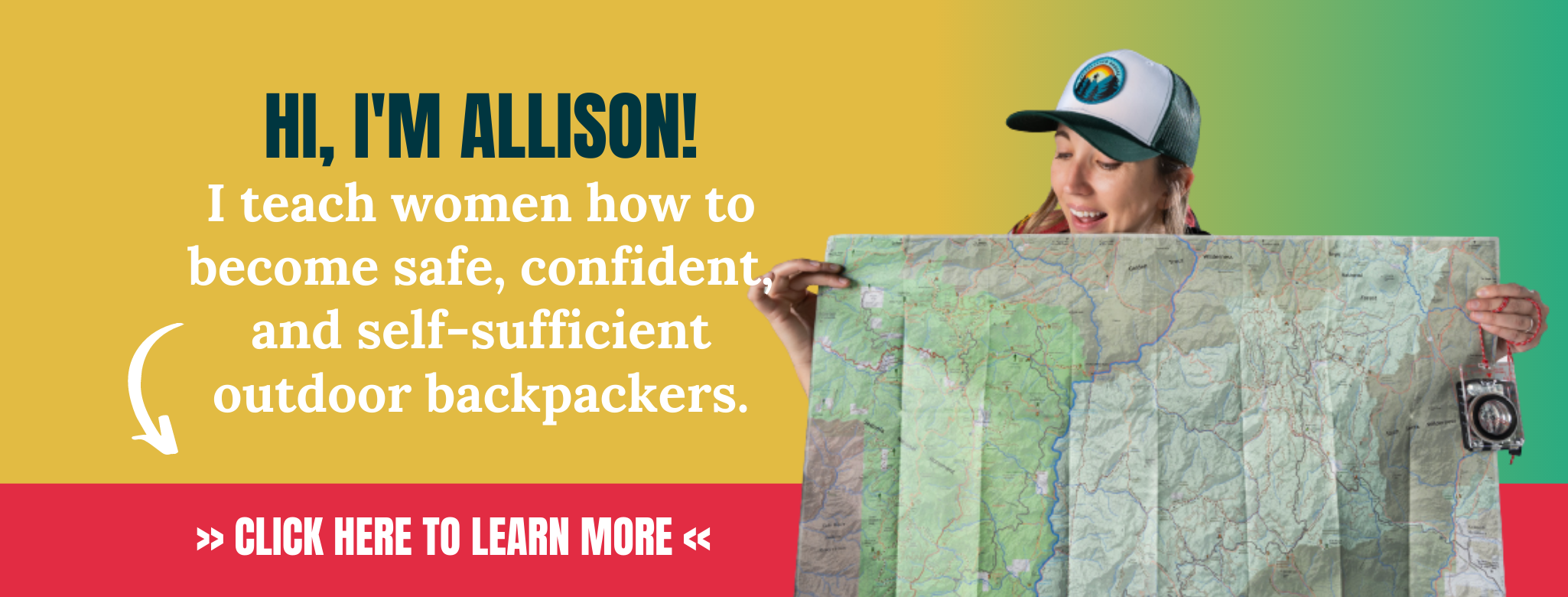










27 of the Absolute Best Hikes in Yosemite National Park to Put on Your Hiking Bucket List | Yosemite National Park is one of the most beautiful national parks in the entire United States, and one of the best ways to explore the park is via one the many amazing hiking trails. In this post, I’ve detailed 27 of Yosemite’s top hiking trails, ranging from difficult to easy, that give you epic views of Yosemite’s grand backcountry and some of Yosemite’s most famous landmarks. You’ll only fall more in love with Yosemite after going on one of these hikes! | shedreamsofalpine.com